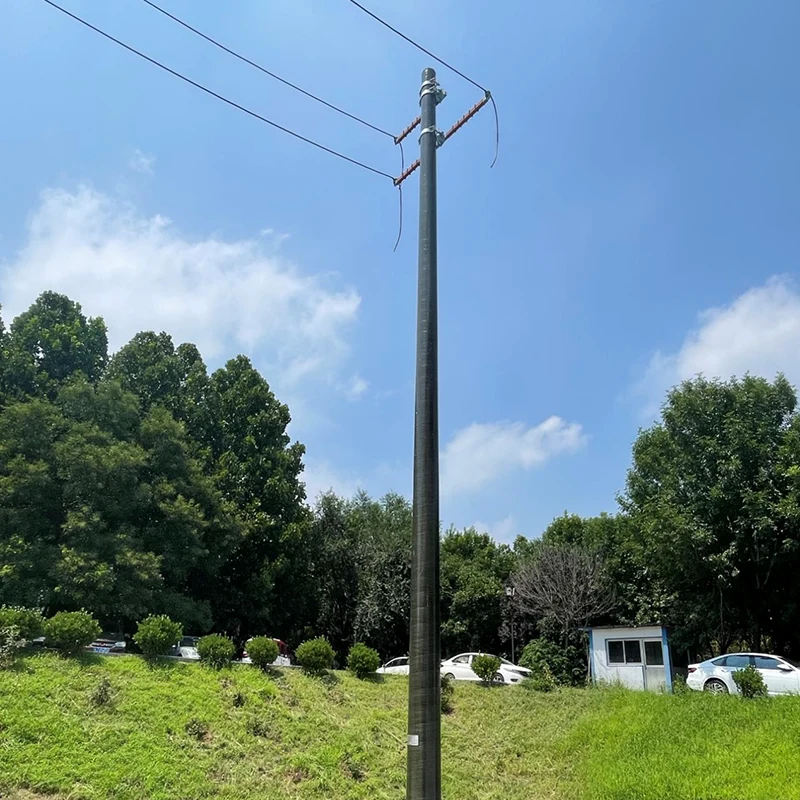Why Composite Utility Poles Are Better Than Wooden Poles
2024-04-20
Composite utility poles offer several advantages over traditional wooden poles, making them increasingly popular in utility infrastructure. Here are some reasons why composite utility poles are considered superior to wooden poles:

1. Durability and Longevity: Composite utility poles are made from materials such as fiberglass-reinforced polymer (FRP) or fiber-reinforced plastic (FRP), which are highly durable and resistant to weathering, rot, corrosion, and insect damage. Unlike wooden poles, composite poles do not rot, decay, or splinter over time, resulting in a longer service life of 50 years or more.
2. Lightweight: Composite utility poles are significantly lighter than wooden poles of comparable strength, making them easier to handle, transport, and install. Their lighter weight also reduces the risk of injury during installation and maintenance activities.
3. Strength and Load-Bearing Capacity: Despite their lightweight construction, composite utility poles offer high strength-to-weight ratios and excellent load-bearing capacity. They can withstand heavy loads, extreme weather conditions, and seismic events without compromising structural integrity.
4. Consistency and Uniformity: Composite utility poles are manufactured under controlled conditions, ensuring consistent quality, dimensions, and performance characteristics. In contrast, wooden poles may vary in quality and strength due to natural variations in wood species, moisture content, and grain patterns.
5. Environmental Sustainability: Composite utility poles are environmentally friendly alternatives to wooden poles, as they are manufactured from recyclable materials and do not contribute to deforestation. Additionally, their long service life and resistance to decay reduce the need for frequent replacement, further minimizing environmental impact.
6. Reduced Maintenance Costs: Composite utility poles require minimal maintenance compared to wooden poles, as they do not require painting, preservative treatments, or inspections for rot and insect damage. This results in lower maintenance costs and extended service intervals, providing long-term cost savings for utility companies.
7. Safety: Composite utility poles offer improved safety benefits, as they do not conduct electricity and are non-conductive. This reduces the risk of electrical hazards, such as pole fires, electrocution, and power outages, particularly in areas prone to lightning strikes or accidental contact with power lines.


